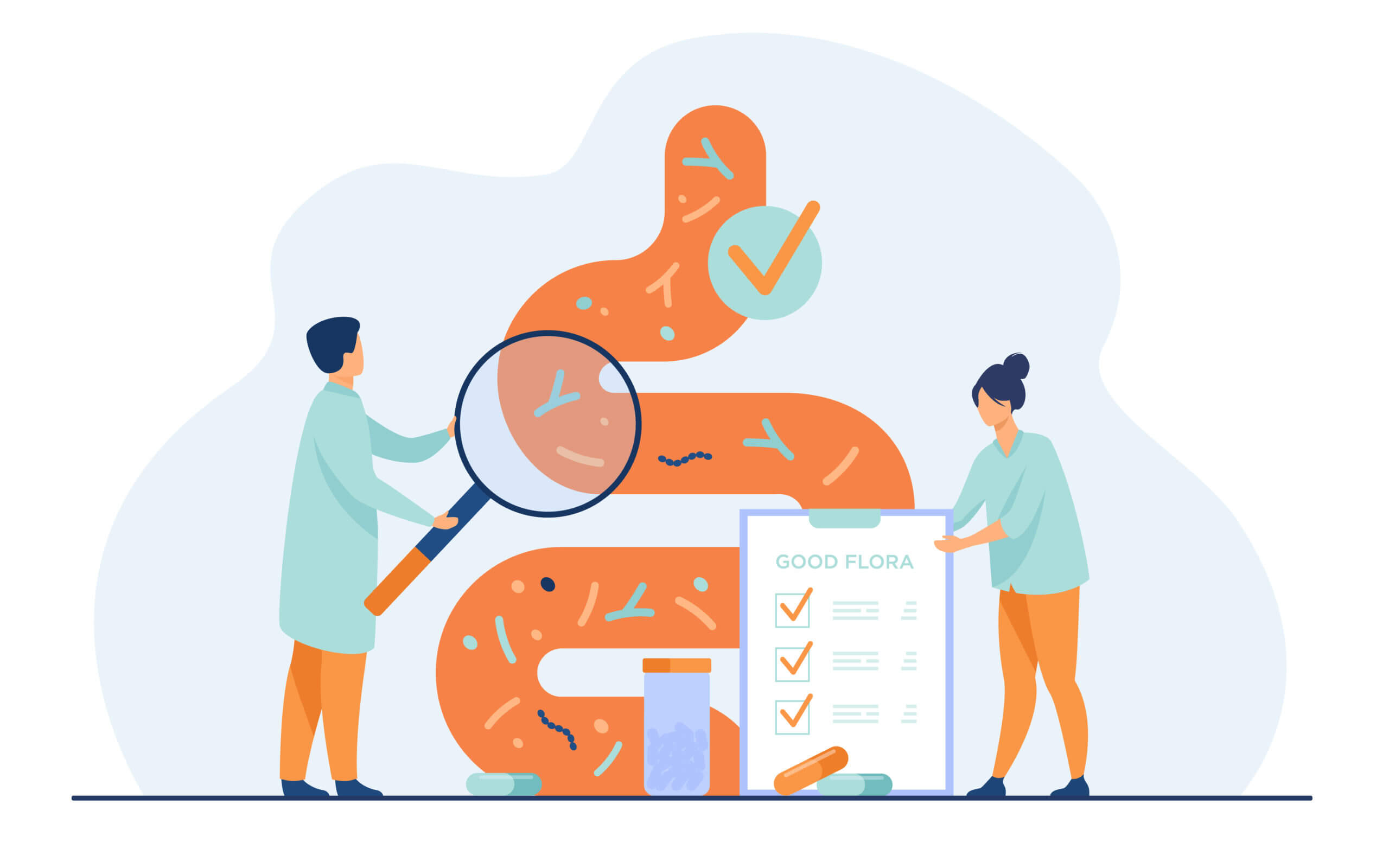Discovering that stool testing and surgery are common ways to assess gut health can be a big turnoff for people looking to finally get a diagnosis for their issues. Now, new research by scientists at the University of Auckland may offer a non-invasive and more cost-effective approach that involves sensors being placed on the skin to measure bioelectrical activity.
“Many people suffering with chronic gut issues are on a constant diagnostic treadmill of antibiotics or proton pump inhibitors until they are sent for an endoscopy. A reliable surface-based recording could bridge the gap between symptom-based diagnostics and the more invasive minor surgery tests,” says Stefan Calder. He’s a recent PhD graduate at the Auckland Bioengineering Institute (ABI), as well as lead and joint-first author for the two papers published on gut health diagnoses.
The first study examined the use of “Body Surface Gastric Mapping” (BSGM), which is a tool that’s been shown to be reliable in detecting gastric slow wave activity. This technology has even led to discovering subgroups in chronic nausea and vomiting conditions. In this work, the mapping tool was used in pigs as a pre-clinical validation step before moving up to human subjects.
Results were consistent with what was expected. BSGM showed bioelectrical activity on the gut’s surface and picking up changes in frequency, rhythm, and direction of electromagnetic waves with precision.
The Institute’s second study set out to analyze how different bioelectrical activity is across healthy people and those suffering from GI issues like chronic nausea and vomiting through use of surface gastric mapping. Previously, both invasive and non-invasive research has found that gastric abnormalities are linked with unusual bioelectrical slow waves, but that wasn’t the case this time.
“Approximately two-thirds of the symptomatic patient group had completely normal bio-electrical activity, while the rest had abnormal activity. We realized there were two subtypes of what was previously considered a single disease,” explains Calder.
From this, the team gathered that one disease may work in two different ways depending on the mechanisms involved. For instance, deviations from normal bioelectrical activity may mean that there’s something wrong with ones stomach yet for those with normal patterns, there may be something else triggering the issues.
ABI as an organization supports these findings and believe they represent years of dedicated research efforts. Calder and team also agree that their studies support the need for more specific and individualized clinical practices with patients who suffer from GI issues.
The first study is published in the journal The American Journal of Physiology-Gastrointestinal and Liver Physiology. The second study is published in the journal Science Translational Medicine.
